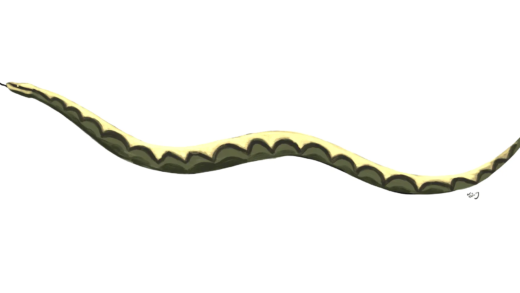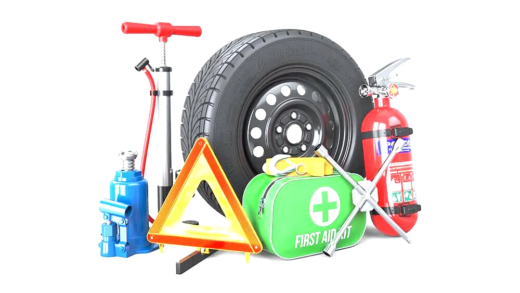NASCAR tires are crafted from unique materials for optimal performance, differing significantly from regular tires in durability and design. The manufacturing process is meticulous, involving careful selection and testing of materials. Tire changes during races are strategic and crucial for maintaining speed. Tire performance is significantly affected by track surfaces and weather conditions, with innovations in technology continuously improving tire quality. Rigorous testing procedures ensure that tires meet safety and performance standards before racing.
Materials Used in NASCAR Tires
NASCAR tires are crafted from unique materials that enhance their performance on the track. The primary components include rubber compounds, fabric, and steel. The rubber used is specially formulated to provide optimal grip and durability. Key materials in NASCAR tire construction are:
- Natural and Synthetic Rubber: This combination ensures flexibility and resilience.
- Steel Belts: These belts provide structural integrity and support at high speeds.
- Fabric Layers: Typically polyester, these layers add strength and control during racing.
The precise blend of these materials is critical. For instance, the rubber’s composition affects traction and wear. NASCAR teams often experiment with different mixtures to achieve the best performance under various conditions.
NASCAR vs Regular Tires
NASCAR tires differ significantly from regular car tires. The differences stem from their design and purpose. Here are some key distinctions:
- Durability: NASCAR tires are designed to withstand extreme conditions, unlike regular tires meant for daily use.
- Tread Patterns: NASCAR tires have a slick surface for maximum contact with the track, while regular tires feature grooves for rain and road grip.
- Size and Weight: NASCAR tires are larger and heavier, built to endure the stresses of racing.
This specialized design allows NASCAR tires to perform at high speeds and handle the rigors of competitive racing, making them distinct from everyday tires.
The Manufacturing Process of NASCAR Tires
The manufacturing process of NASCAR tires involves multiple meticulous steps to ensure quality and performance. Here’s a brief overview of the process:
- Material Selection: High-quality materials are chosen based on performance requirements.
- Mixing: Rubber compounds are mixed to create the desired properties.
- Shaping: The tire is formed using molds that define its size and tread pattern.
- Curing: Tires are cured in ovens to harden the rubber and enhance durability.
- Quality Control: Each tire undergoes rigorous testing to ensure it meets NASCAR standards.
This detailed process guarantees that each NASCAR tire can withstand the intense demands of racing, making it a vital component of a successful race strategy.
Tire Changes During NASCAR Races
NASCAR tire changes are a crucial aspect of racing strategy. Teams must decide when to change tires based on performance and track conditions. During a race, drivers typically change tires at pit stops. Here’s how it works:
- Timing: Teams monitor tire wear and performance. If tires show signs of degradation, a change is necessary.
- Technique: Tire changes occur in mere seconds. Crew members use specialized equipment to remove and replace tires swiftly.
- Strategy: Decisions on when to pit can significantly impact race outcomes. Teams must balance speed with tire performance.
The speed of a tire change can make or break a race. A well-timed stop can give a driver the edge needed to win, while a slow or poorly executed change can cost valuable positions on the track.
The Impact of Tires on Performance
NASCAR tires play a vital role in overall performance. Their design directly affects speed, handling, and safety. Key factors include:
- Grip: The rubber composition ensures maximum traction, allowing cars to accelerate and corner effectively.
- Heat Management: Tires dissipate heat generated during racing, which prevents blowouts and maintains performance.
- Wear Patterns: Tire wear affects handling. Teams analyze wear patterns to adjust their strategy throughout the race.
Understanding how tires impact performance is essential for teams aiming for victory. The right tires can provide the necessary grip and control, making them a key component in any successful racing strategy.
Deciding Tire Pressure
NASCAR teams carefully determine tire pressure before and during races. Proper tire pressure is critical for optimal performance. Here’s how teams approach this decision:
- Science of Pressure: Higher pressure reduces rolling resistance but can compromise grip. Lower pressure increases grip but raises the risk of overheating.
- Data Analysis: Teams analyze historical data and current track conditions to set initial pressures.
- Adjustments: Teams make real-time adjustments based on tire performance during the race.
Getting tire pressure right is a balancing act. Teams must consider speed, handling, and tire longevity to optimize performance throughout the race.
Challenges on Different Track Surfaces
NASCAR tires face unique challenges on varying track surfaces, which significantly affect their performance. Each track has its own characteristics, influencing how tires grip and respond. Key challenges include:
- Concrete vs. Asphalt: Concrete tracks can provide better grip than asphalt but can wear tires differently.
- Track Texture: Smooth tracks lead to less friction, while rough surfaces can increase wear and tear on tires.
- Banking Angles: Tracks with steep banking require tires to maintain stability under high lateral forces.
Understanding these challenges helps teams strategize tire choices and adjustments during races. Tire performance can vary dramatically based on these surface types, making it essential for teams to adapt quickly.
Weather Effects on Tire Performance
Weather conditions play a crucial role in how NASCAR tires perform. Rain, heat, and humidity can alter tire behavior, impacting grip and safety. Here’s how different weather elements affect tires:
- Rain: Wet conditions require tires designed for water dispersion to prevent hydroplaning.
- Heat: High temperatures can cause tires to overheat, leading to blowouts or loss of grip.
- Humidity: Humid conditions can affect tire pressure, requiring teams to adjust accordingly.
Teams must monitor weather forecasts closely, as tire performance can vary within a race based on changing conditions. Effective management of tire choices according to weather can be the difference between winning and losing.
Innovations in Tire Technology
NASCAR tire technology has evolved significantly over the years, leading to advancements that enhance performance and safety. Innovations include:
- Improved Rubber Compounds: Ongoing research leads to the development of better rubber blends that enhance grip and durability.
- Advanced Tread Designs: New tread patterns are designed to optimize performance in various weather conditions.
- Real-Time Monitoring: Teams now use sensors to track tire performance and conditions during races.
These advancements not only improve racing efficiency but also ensure driver safety. Continuous innovation in tire technology remains a priority for NASCAR, showcasing the sport’s commitment to progress.
Testing Procedures for NASCAR Tires
Before NASCAR tires hit the track, they undergo rigorous testing to ensure safety and performance. The testing process includes several steps:
- Laboratory Testing: Materials are analyzed in controlled environments to assess durability and performance characteristics.
- Track Testing: Tires are subjected to real racing conditions to evaluate their behavior under various scenarios.
- Performance Analytics: Data collected from tests is analyzed to make necessary adjustments before the tires are approved for races.
This thorough testing guarantees that NASCAR tires meet the high standards required for competitive racing, ensuring both performance and driver safety.





Comments are closed.